Prior to the emergence of the short
kebaya in the late 1920s, Nyonyas wore the traditional Malay costume called baju panjang. In Malay, baju panjang literally means long dress and refers to the tunic, a loose, calf-length garment with sleeves that taper at the wrists, but the term is invariably used to refer to the complete outfit. The tapered sleeves allowed Nyonyas to eat with their fingers and bangles to be shown off. Like the later kebaya, the tunic was worn with a sarung (either printed batik imported from Indonesia or woven fabric) and was secured with a set of kerongsang.
The baju panjang has a long history, dating as far back as the 16th century. However, its use among the Nyonyas came about only in the 19th century. Like the kebaya, the baju panjang was not indigenous to the Nyonyas but was borrowed from the Malays who themselves probably borrowed it from elsewhere.
The origins of the baju panjang and the source from which the Malays took it have not been proven. Some researchers believe that the kebaya could have come from the Arabic word "habaya", a long tunic that opened in front. This is not entirely satisfactory since the kebaya looks nothing like the habaya. Nevertheless, the claim that the baju panjang may have come from Arabic culture is highly possible in so far as Islam came to the Malay Peninsula in the 15th century. Since Islam discourages women from revealing their heads, chests, arms and legs in public, thus, all areas covered by the baju panjang except the head, we can assume that Malay women began to wear the baju panjang ever since. The theory that the baju panjang was brought to the Malay Peninsula by Muslim traders also makes sense in that covering up was not part of the dress code of many Southeast Asian women. Prior to Islam, women would have dressed in fewer layers because of the hot, humid climate, and also because animistic, Hindu and Buddhist societies imposed no such restrictions.
By the time the first Baba Nyonya communities emerged in the Straits Settlements, Islam was already firmly established. It is highly likely that the first Nyonyas, influenced by prevailing trends in the dress of Malay women, adopted the baju panjang. This may have been encouraged by their Chinese husbands who would have considered the baju panjang appropriate and not so very different from the Chinese attire.
There are other possible sources of borrowing. For example, the cut of the baju panjang is quite similar to the traditional Burmese high-necked, long-sleeved tunic worn by both men and women. Indeed, the jasmine-crowned chignons worn by Penang Nyonyas show definite Burmese influence. The baju panjang also bears a distant resemblance to the Chinese robes and the Japanese kimono. However, these could be mere coincidences. The baju panjang's unique pair of triangular underarm gussets differentiates it from most other robe-like garments worn by women in the region. Moreover, the Nyonya's use of the sarung and of brooches to fasten the tunic points is to a Malay tradition.
The Nyonyas were to make a few changes to the Malay tradition, especially in the use of lighter, more transparent materials. Malay women in adherence to Islamic laws governing modesty, shunned the translucency of voile or other materials and wore only opaque cotton or silk. Moreover, the Nyonyas did not wear the 'selendang' (headscarf) which Malay women would use to cover their heads in public.
The baju panjang worn by the Nyonyas were made from a variety of materials according to the fashion of the time. In the early 1900s, most tunics were cut from cotton cloth imported from Indonesia. That produced in the Celebes was called 'kain Bugis' (Bugis cloth), and was decorated with small checks. Batik cloth from Java was also patterned with small, geometric motifs. In early examples of the baju panjang, the colours are sombre, ranging from black to ochres and earthy reds.
In the 1910s, when factory-milled textiles were introduced to the East, French and Swiss voile and organdie became the fashion. In the 1920s, German organdie featuring white-thread embroidery, called 'lace cloth' by the Nyonyas, as well as colourful printed voile, often with bold floral designs, were the rage.
Because these fashionable imported fabrics were so transparent, Nyonyas were forced to wear a long-sleeved, jacket-like garment with a stand-up collar under their tunics. This was visible under the V-shaped neckline of the baju panjang. Called a 'baju dalam' (Malay for 'undershirt'), it was made of white cotton and ended at the hips. It was fastened with stud-like buttons which could be removed when washing. In the privacy of their homes, Nyonyas wore this short undershirt with a sarung. Only when they entertained in the home or when they went out would they put the transparent tunic on top.
Before the baju panjang was worn, the separate pieces of the ensemble tunic, sarung and undershirt would be heavily starched and pressed. During drying, the sarung would be stretched between parallel bars to remove any creases. When the entire ensemble was worn, complete with an intricately combed hair bun, powdered cheeks and jewellery, a Nyonya would look exceptionally regal.
For formal and ceremonial occasions, such as weddings, a Nyonya would pin a sapu tangan (
handkerchief), a large square cloth folded into a triangle, across the right or left shoulder of her baju panjang. To keep cool in her layers of clothing, she would keep a hand-held fan close by.
The baju panjang is no longer worn today by the Nyonyas. The last Nyonya in Malacca to wear it as everyday dress passed away in the late 1970s, and like most traditional forms of dress in this global, it can only be seen during cultural exhibitions. Sadly, not many examples of the baju panjang exist and their rarity has made them collectors' items. However, they are not as highly valued among collectors of Baba Nyonya paraphernalia as they do not signify the apotheosis of Baba Nyonya culture in the way that the kebaya does. Nevertheless, the baju panjang forms an important part of the Nyonya kebaya story.
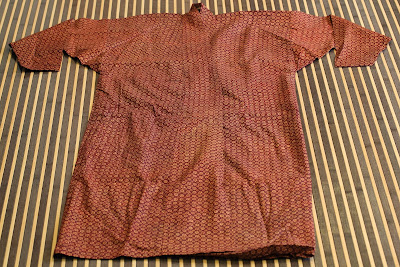 Javanese cotton batik baju panjang.
Javanese cotton batik baju panjang.
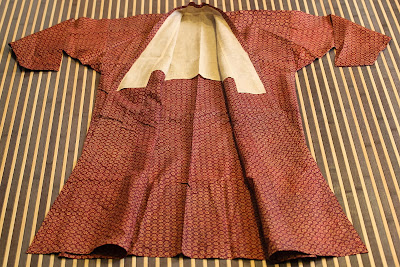 Javanese cotton batik baju panjang.
Javanese cotton batik baju panjang.
 Javanese cotton batik baju panjang.
Javanese cotton batik baju panjang.
 Javanese cotton batik baju panjang.
Javanese cotton batik baju panjang.
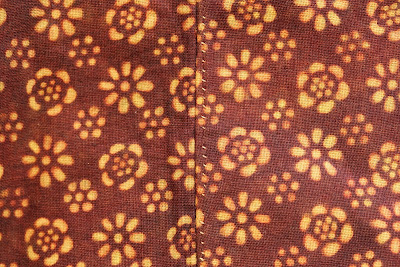 Javanese cotton batik baju panjang.
Javanese cotton batik baju panjang.
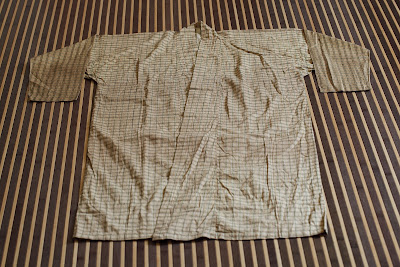 Baju panjang of woven cotton cloth called Bugis cloth by the Malays.
Baju panjang of woven cotton cloth called Bugis cloth by the Malays.
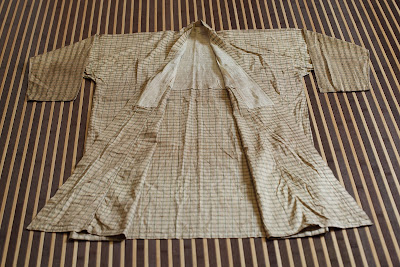 Baju panjang of woven cotton cloth called Bugis cloth by the Malays.
Baju panjang of woven cotton cloth called Bugis cloth by the Malays.
 Baju panjang of woven cotton cloth called Bugis cloth by the Malays.
Baju panjang of woven cotton cloth called Bugis cloth by the Malays.
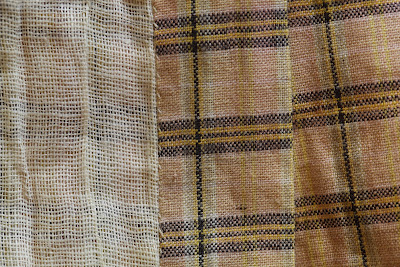 Baju panjang of woven cotton cloth called Bugis cloth by the Malays.
Baju panjang of woven cotton cloth called Bugis cloth by the Malays.
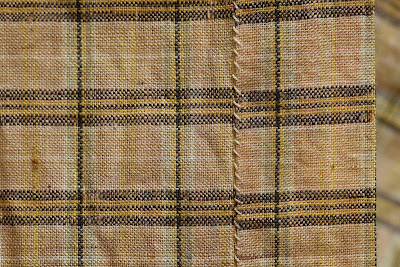 Baju panjang of woven cotton cloth called Bugis cloth by the Malays.
Baju panjang of woven cotton cloth called Bugis cloth by the Malays.
 Knee-length baju panjang made from German organdie called 'German cloth' or 'stiff fibre' by shopkeepers in various pastel shades. Organdie baju panjang were most often starched, so that they stood as stiff as tents.
Knee-length baju panjang made from German organdie called 'German cloth' or 'stiff fibre' by shopkeepers in various pastel shades. Organdie baju panjang were most often starched, so that they stood as stiff as tents.
 Knee-length baju panjang made from German organdie called 'German cloth' or 'stiff fibre'.
Knee-length baju panjang made from German organdie called 'German cloth' or 'stiff fibre'.
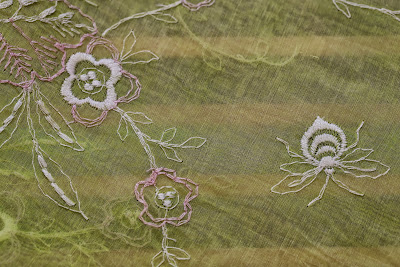 Knee-length baju panjang made from German organdie called 'German cloth' or 'stiff fibre'.
Knee-length baju panjang made from German organdie called 'German cloth' or 'stiff fibre'.
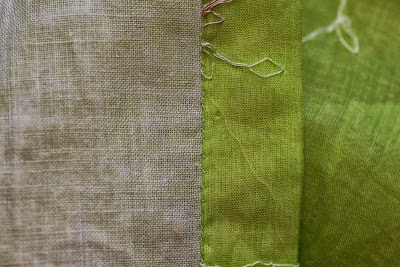 Knee-length baju panjang made from German organdie called 'German cloth' or 'stiff fibre'.
Knee-length baju panjang made from German organdie called 'German cloth' or 'stiff fibre'.
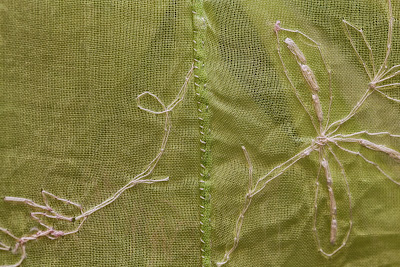 Knee-length baju panjang made from German organdie called 'German cloth' or 'stiff fibre'.
Knee-length baju panjang made from German organdie called 'German cloth' or 'stiff fibre'.
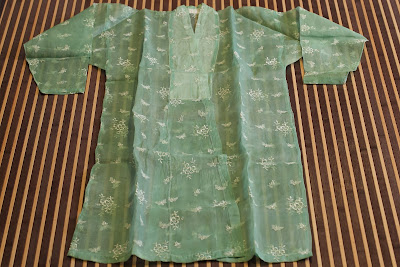 Knee-length baju panjang made from German organdie called 'German cloth' or 'stiff fibre' by shopkeepers in various pastel shades. Organdie baju panjang were most often starched, so that they stood as stiff as tents.
Knee-length baju panjang made from German organdie called 'German cloth' or 'stiff fibre' by shopkeepers in various pastel shades. Organdie baju panjang were most often starched, so that they stood as stiff as tents.
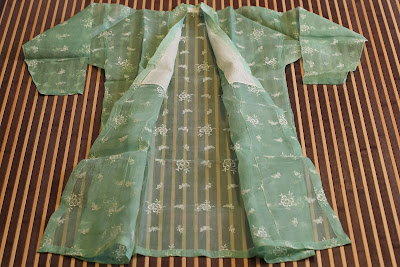 Knee-length baju panjang made from German organdie called 'German cloth' or 'stiff fibre'.
Knee-length baju panjang made from German organdie called 'German cloth' or 'stiff fibre'.
 Knee-length baju panjang made from German organdie called 'German cloth' or 'stiff fibre'.
Knee-length baju panjang made from German organdie called 'German cloth' or 'stiff fibre'.
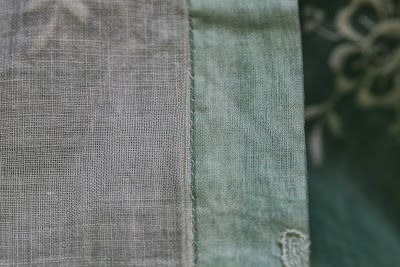 Knee-length baju panjang made from German organdie called 'German cloth' or 'stiff fibre'.
Knee-length baju panjang made from German organdie called 'German cloth' or 'stiff fibre'.
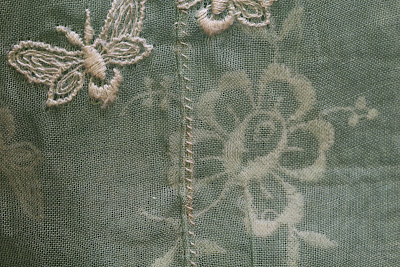 Knee-length baju panjang made from German organdie called 'German cloth' or 'stiff fibre'.
Knee-length baju panjang made from German organdie called 'German cloth' or 'stiff fibre'.
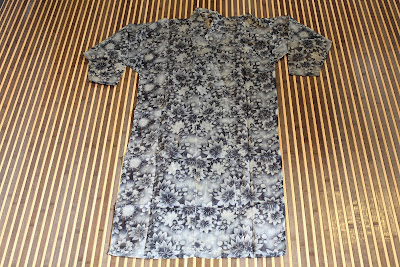 Floral printed voile baju panjang.
Floral printed voile baju panjang.
 Floral printed voile baju panjang.
Floral printed voile baju panjang.
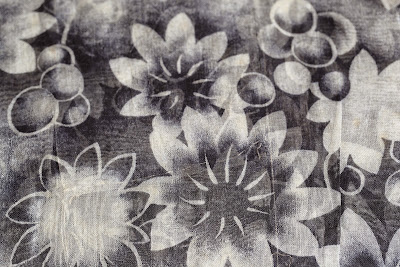 Floral printed voile baju panjang.
Floral printed voile baju panjang.
 Floral printed voile baju panjang.
Floral printed voile baju panjang.
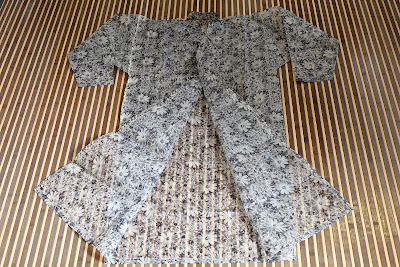 Floral printed voile baju panjang.
Floral printed voile baju panjang.
 Floral printed voile baju panjang.
Floral printed voile baju panjang.
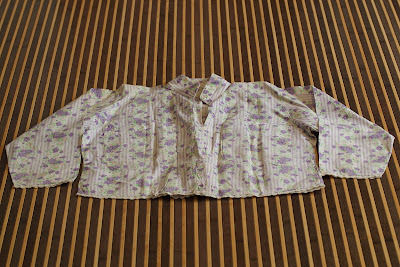 Camisole 1
Camisole 1